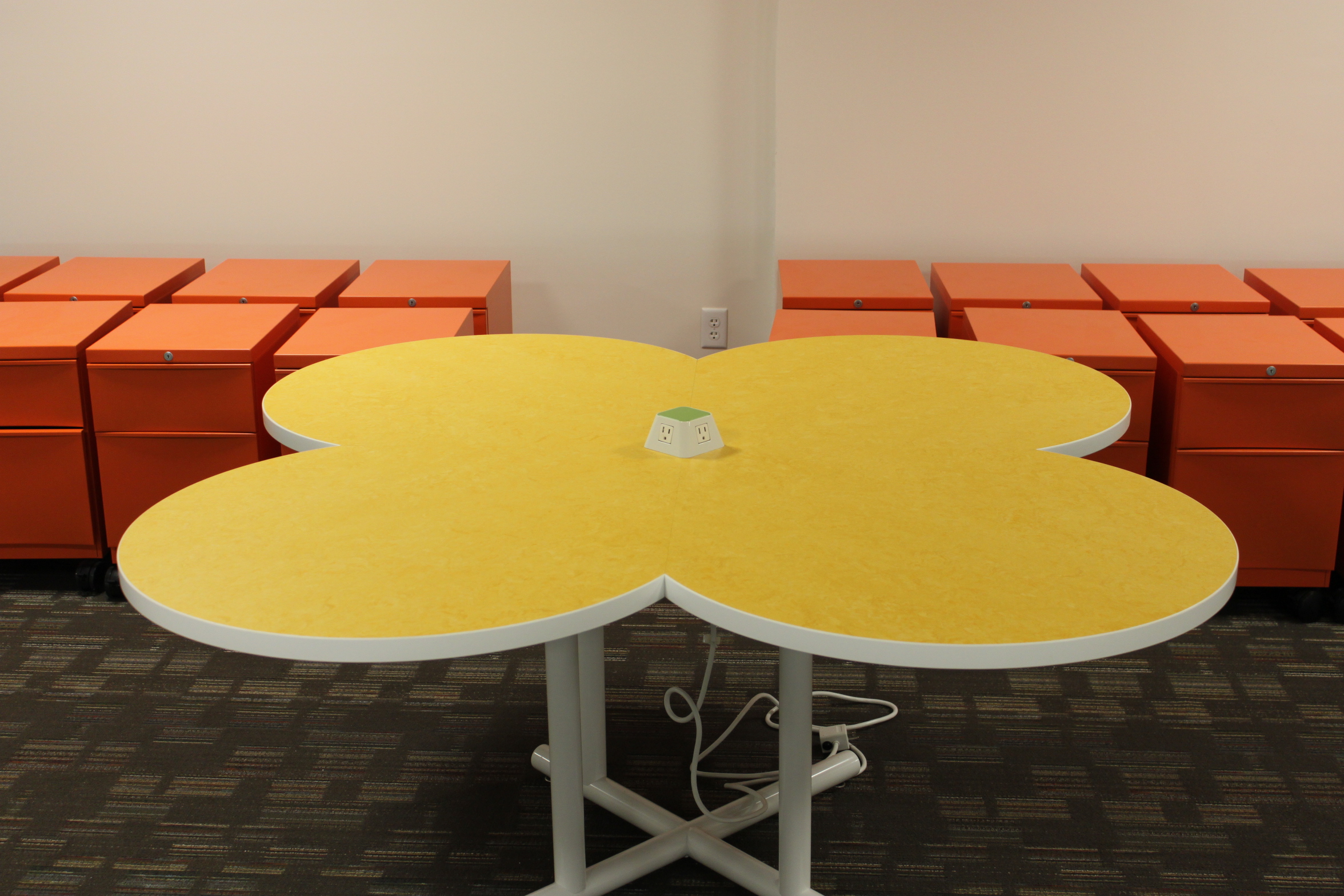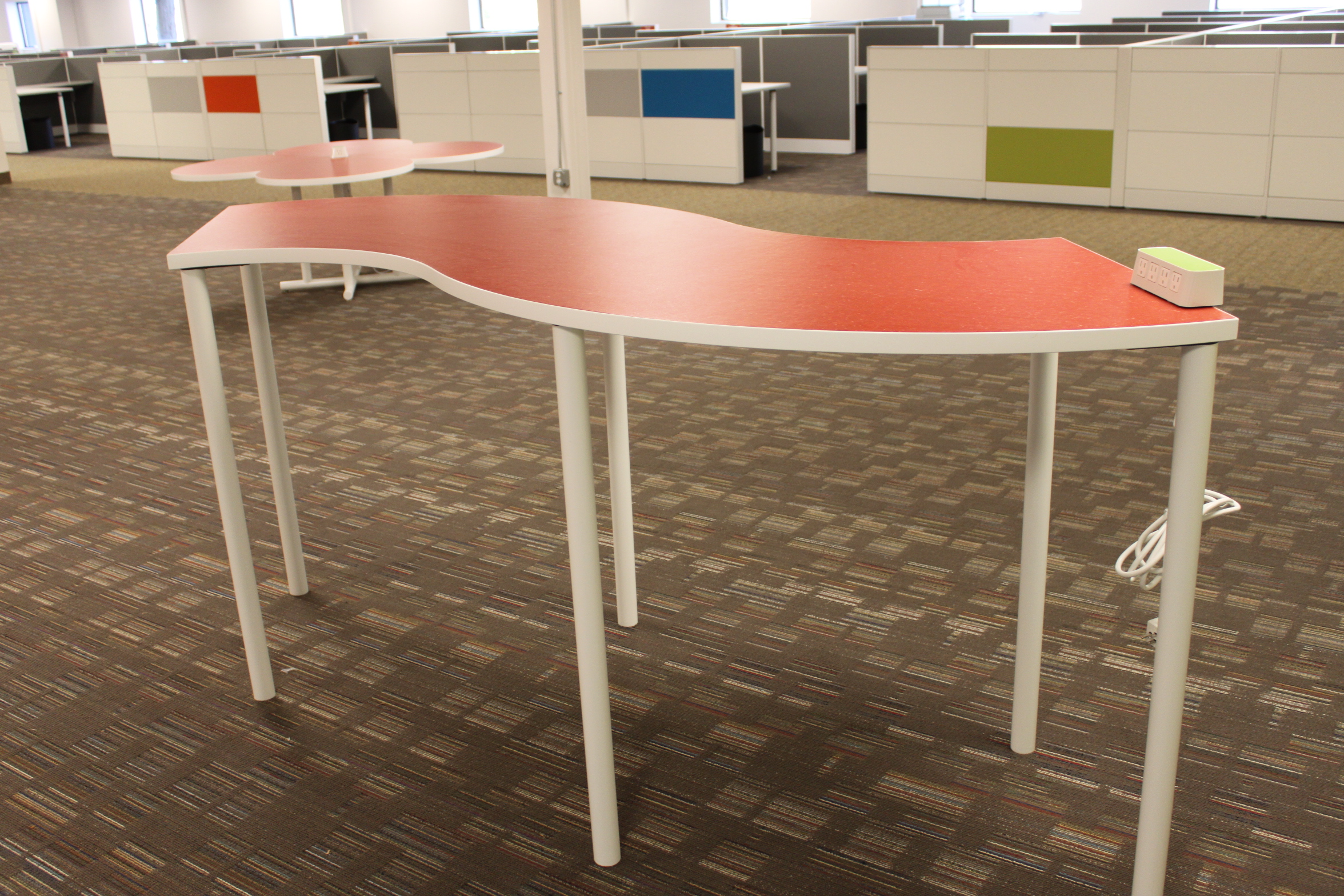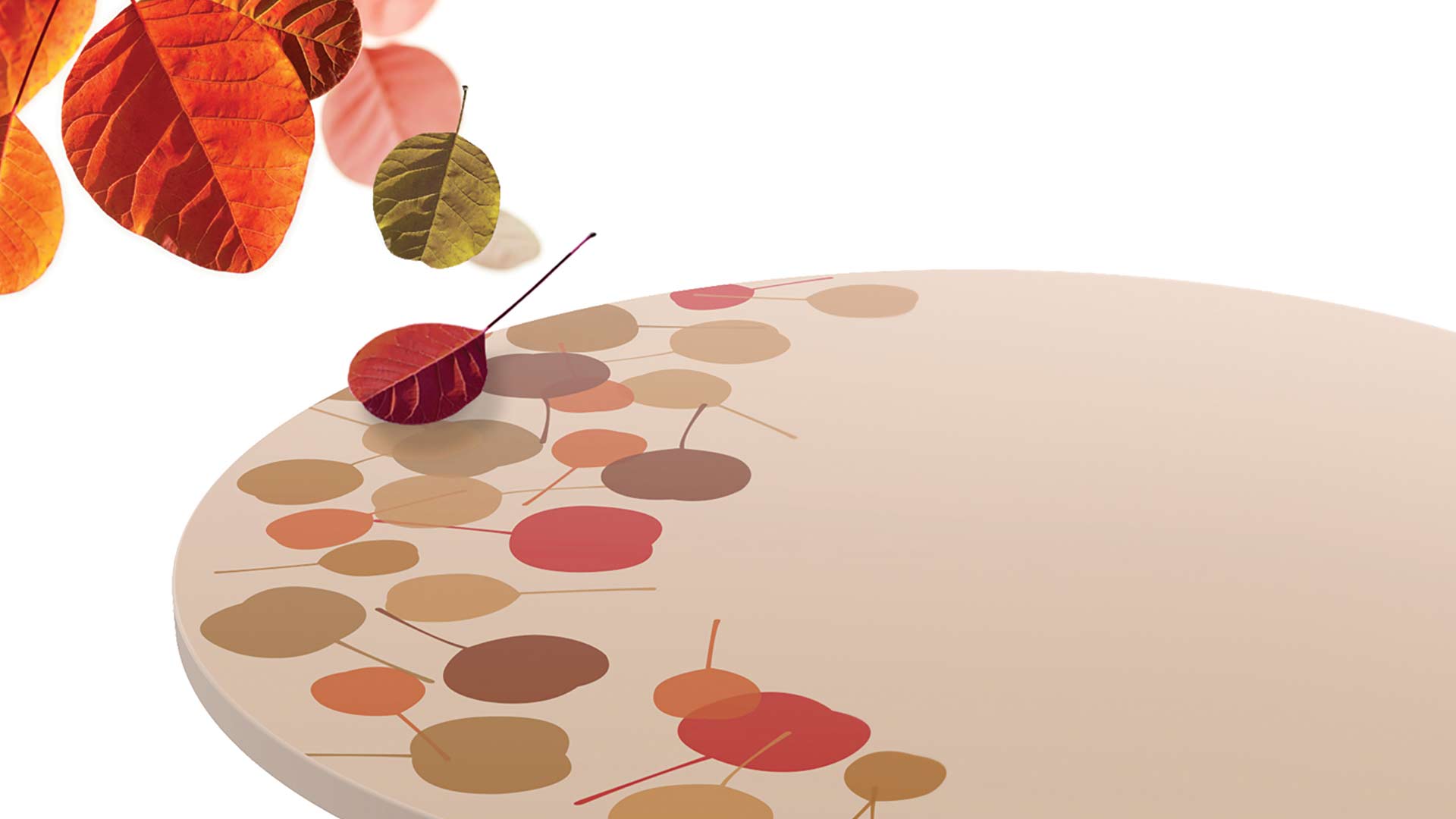— by Liz Morrison
Plastics made from plants are growing fast.
A new AURI report takes an in-depth look at the rapidly expanding “bioplastics” industry. The study, sponsored by the Minnesota Corn and Soybean Research & Promotion Councils, explores emerging technologies and markets for plant-derived polymers.
“Marketplace opportunities for integration of biobased and conventional plastics” is aimed at technical and industrial audiences, says AURI senior scientist Doug Root. It offers a detailed review of developing technology and identifies leading players in the bioplastics sector. This information will help Minnesota companies take advantage of coming opportunities in a new global industry, Root says.
 Biobased plastics are made either partly or entirely from renewable plants instead of fossil fuels. Sources include corn, soybeans, potatoes, sugar cane, vegetable oils and non-food biomass such as corn stalks.
Biobased plastics are made either partly or entirely from renewable plants instead of fossil fuels. Sources include corn, soybeans, potatoes, sugar cane, vegetable oils and non-food biomass such as corn stalks.
Bioplastics have the potential to conserve fossil fuels, reduce greenhouse gas emissions and cut the amount of waste going into landfills, says John Luepke, a corn and soybean grower from Courtland, Minnesota, and vice Team Leader of the Minnesota Corn Growers’ Expanded Uses Action Team. In addition, he says, bioplastics represent a huge new market for farm products.
“Plastics touch every aspect of daily life,” says AURI microbiologist Jimmy Gosse. “There’s tremendous opportunity for agriculture to contribute to plastics.”
Today, bioplastics are a tiny segment of the worldwide plastics industry, representing about 1 percent of a 360-million-ton annual market, says bioplastics industry consultant Jim Lunt, author of the new report. Lunt is a retired NatureWorks executive who helped develop IngeoTM, a biopolymer made from corn. But the sector is growing at nearly 20 percent a year, Lunt estimates, driven mainly by consumer demand for sustainable products.
However, cheap oil and natural gas “make the economics of renewable biobased products more challenging,” says AURI Project Manager Randy Hilliard. “Price has to be competitive, and performance must be comparable to—or better than—traditional plastics.”
First generation disposable bioplastics
The first generation of bioplastics—made from plant sugars and starches—is already widely used in disposable consumer products such as cups, bottles, cutlery, fast food containers and packing peanuts. These bioplastics are compostable, although a viable composting infrastructure for these plastics has not yet been developed in the United States.
NatureWorks, founded by Minnesota-based Cargill, is a leading manufacturer of the first generation biopolymer PLA, made from fermented corn sugar.
The industry is working to improve the performance characteristics of these materials so they function on par with traditional plastics, Lunt says. That’s expected to extend applications to many new products and markets.
Plastic ‘building blocks’
Another important area of development is the conversion of plant-derived sugars to monomers and their derived bioplastics, Lunt says. These plant-based molecules are identical to their petroleum counterparts and form the chemical “building blocks” for many widely-used polymers, such as polyethylene. The Brazilian company Braskem is making commercial quantities of bio-polyethylenes from ethylene produced from sugar cane ethanol.
The technology for making plant-derived monomers is well-established, Lunt says, but economics in many cases still favor conventional fossil fuel feedstocks. These same technologies hold promise for Minnesota’s corn ethanol plants, which could one day produce high-value renewable chemicals along with fuel, Luepke says.
Partially renewable bioplastics
The technology to create partially biobased plastics composed of both traditional and biobased materials is advancing rapidly, Gosse says. Coca Cola’s PlantBottle is one example. It’s the first fully recyclable plastic beverage bottle made partially from plants. It contains up to 30 percent renewable mono-ethylene glycol produced from sugarcane ethanol.
Rather than entirely displacing petroleum plastics, partially biobased polymers incorporate some renewable ingredients, Gosse says, offering the same functionality as traditional materials, but with a lighter environmental footprint. Often, Lunt adds, these bioplastic products can be made in existing manufacturing plants, making them more cost competitive with traditional plastics.
Non-Food Based Bioplastics
Currently, bioplastics are being made from food crops such as corn, soybeans and sugar cane. But the next generation of sustainable plastics will be made from non-food sources, Lunt says. New technologies are on the way for converting crop residues and waste wood into renewable polymers. Today, cellulosic biofuel production—the first step in the development of a cellulosic materials industry—is reaching the commercialization stage, Root says.
Minnesota’s biomass supply chain
AURI is working to develop the biomass supply chain that will be needed to commercialize cellulosic ethanol, plastics and other renewable chemicals, Hilliard says. Minnesota has abundant biomass resources, but there are still many issues, including efficient harvesting, transportation, storage, and pre-processing.
“Alternative feedstocks is an area we’ve worked in extensively,” Hilliard says. “We have a good handle on agricultural co-products and are in a good position to help develop feedstocks for bio-plants.”
Read the report Marketplace opportunities for integration of biobased and conventional plastics
Minnesota’s bio-advantage
Minnesota has many of the resources needed to become a thriving center for bioplastics, says AURI Senior Scientist of Biomass & Renewable Products Technologies Doug Root.
Natural resources. The state’s biggest advantage is abundant feedstocks for making biomaterials, including corn stover and other crop residues, woody biomass and vegetable oils.
Research power. Minnesota has very robust research capabilities, Root says. The Center for Sustainable Polymers at the University of Minnesota, for example, is doing basic research aimed at transforming how plastics are made. The Center is also “training the scientists who are going to go out and carry this work forward, make discoveries, and commercialize them.”
Innovators. Minnesota boasts a surprising number of large and small companies that manufacture renewable materials. These include a strong ethanol sector and a growing number of manufacturing companies that make or use biopolymers. Bio-Plastic Solutions of Blooming Prairie, for example, makes extruded furniture parts and building materials from corn-based biopolymers.
“There is a lot of opportunity in Minnesota to develop a biobased materials industry,” Root says.
AURI and Bioplastics
Idea to reality:
The global bioplastics industry is developing rapidly. Minnesota industries needed an in-depth survey of technology and market opportunities in this field.
AURI’s role:
AURI led a detailed study of the bioplastics industry. The report, which is aimed at a technical audience, will help Minnesota companies and entrepreneurs understand emerging opportunities in the bioplastics sector.
Partners:
Minnesota Corn Research & Promotion Council, Minnesota Soybean Research & Promotion Council

